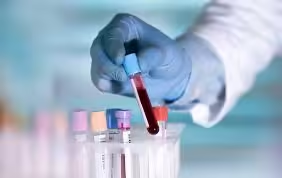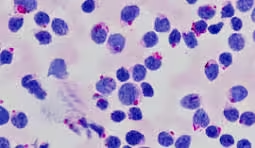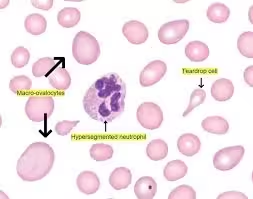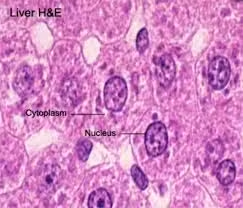
Assessing bleeding disorders involves various laboratory tests to evaluate the hemostatic process. These tests can help determine the nature of the bleeding disorder, whether it is related to platelets, coagulation Read More …
Simplifying Allied Health Learning.

Assessing bleeding disorders involves various laboratory tests to evaluate the hemostatic process. These tests can help determine the nature of the bleeding disorder, whether it is related to platelets, coagulation Read More …

Cytochemical staining procedures are essential laboratory techniques for diagnosing and classifying hematopoietic disorders, including leukemias and other blood-related diseases. These stains help differentiate cell types based on their biochemical properties, Read More …

Introduction Megaloblastic anemia is a type of anemia characterized by the presence of abnormally large, immature red blood cells (megaloblasts) in the bone marrow. This condition is often caused by Read More …

Cell cytoplasmic constituents include various organelles and biomolecules that play essential roles in cellular function. Each constituent can be visualized using specialized staining techniques, which aid in identifying cell structure, Read More …

Introduction The embedding process and the choice of embedding media are critical for achieving high-quality histological sections, essential for accurate diagnosis and research. In histology, various moulds are used for Read More …